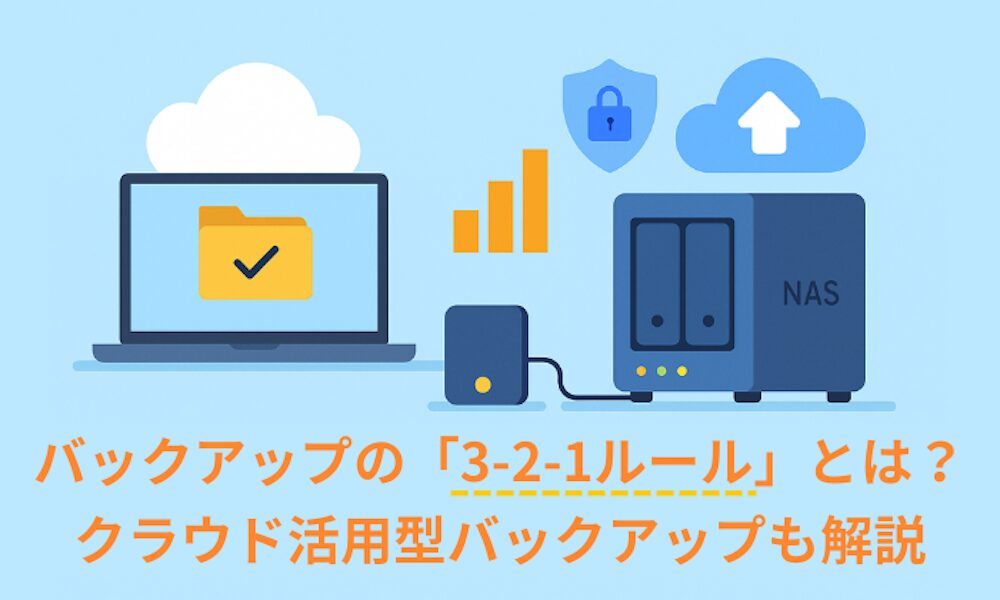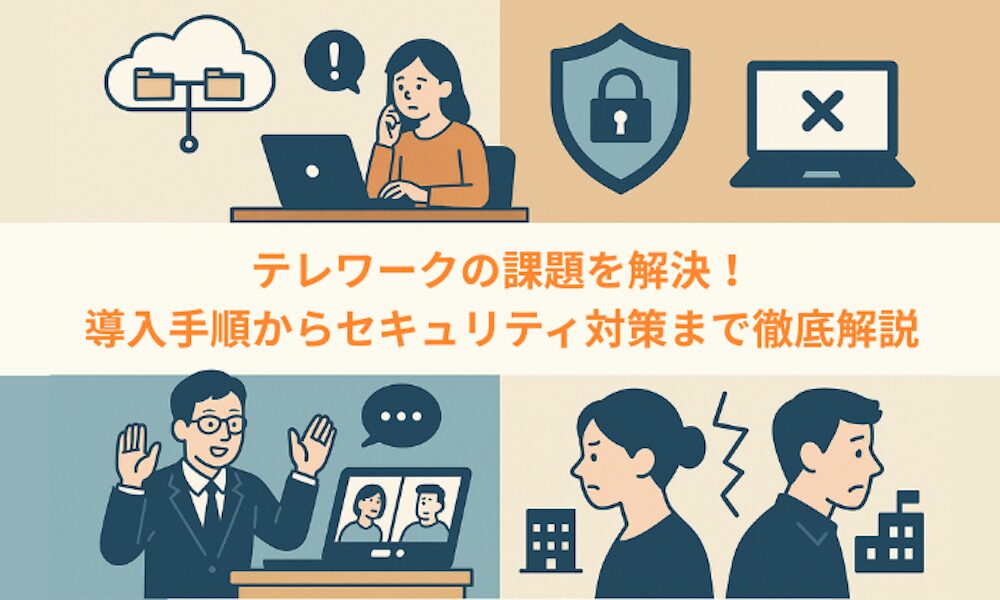Teleworking could play a vital role in efforts to reform Japan’s work culture. By diversifying working styles through the introduction of teleworking and use of satellite offices, the nation can expect to see a decrease in commute times, a greater work-life balance, and an overall productivity boost.
Awareness about the teleworking lifestyle has increased significantly over the past few years, yet it is still not a popular practice. In this article, we’ll be discussing the realities of teleworking in Japan, and the issues that many people face. We will also consider important factors to improve the efficiency of teleworking in the future.
Slow Adoption
The nation has been slow to adopt the teleworking lifestyle. According to the Ministry of Internal Affairs and Communications, the introduction rate of teleworking in 2017 was approximately 13.9%. Despite its slight increase from 11.5% in 2012, figures have dropped in comparison to 2015, when the introduction rate stood at 16.2%. Furthermore, according to statistics of the Tokyo Metropolitan government, only 6.8% of the Tokyo working population adopted teleworking in 2017 and more than 80% of businesses have stated they have no plan to introduce teleworking in the future.
Although opportunities for teleworking seem to be on the rise globally, data shows that the nation’s adoption of this new working style has not seen much progress. A lack of interest, on the part of the corporate world, seems to be the culprit.
Impeding Factors
So, what are the factors preventing the dissemination of this new working style? According to the Communication Utilization Trend Survey by the Ministry of Internal Affairs and Communications, approximately 70% of businesses reported their belief that “no job is suitable for teleworking.” The traditional Japanese working style is likely a major contributing factor.
In Japan, it is rare that the duties for each individual are determined far in advance. The scope of work often changes case-by-case and employees must work directly with each other to coordinate duties. Since teleworking is done at home, direct communication is not a possibility, and all conversations must take place online. This presents a problem to the Japanese working style - unless workers are able to communicate freely and directly, necessary adjustments to the scope of each job will not be clearly outlined and therefore, cannot be done successfully.
Meanwhile, in the United States, teleworking is extremely common, as it is normal for the duties of each job to be pre-determined. If Japan’s employment philosophy is “allocate work to people,” it may be said that America’s philosophy is “assign people to work.” Since the scope of work for each individual is clearly outlined, it is easy to plan for what tasks can be done at home vs. what can be done at the office.
Potential Inefficiencies
If the implementation of teleworking is not carried out well, it may lead to further inefficiencies within the business. When tasks are done from home, communication between workers can become strained, leading to an increase in mistakes and a decline in productivity. In some cases, the boundaries between one’s work life and private life can become ambiguous, and those who work from home may find that this leads to a lack of focus and a deteriorated work-life balance.
An Important Perspective for Success
To reap the complete benefits of teleworking and successfully introduce it into the working culture, companies must reform and evolve the way they work. Adopting this new working style into an unchanged system will likely lead to the problems listed above, but all companies can make necessary changes to avoid this outcome.
First of all, businesses must find ways to review workflow on a digital platform, and duties should be manualized and isolated so they can be completed away from the office. It is also important to change the work mentalities of employees through effective training, ultimately reforming their idea of a working culture. Moving forward, companies should also ensure all managerial staff possess the appropriate skills and mindsets to lead in this renewed system, as this can often determine the success or failure of the endeavor.
In addition to the above, it is highly recommended that companies install convenient and easy-to-use tools that are suitable for teleworking. For example, with Tsukaeru’s Dokodemo Office, you can access the same working environment at any time and on any device. Extra features include easy setup and high security. For a free trial of the application, please contact us.
Contact Us
10:00 - 17:00














